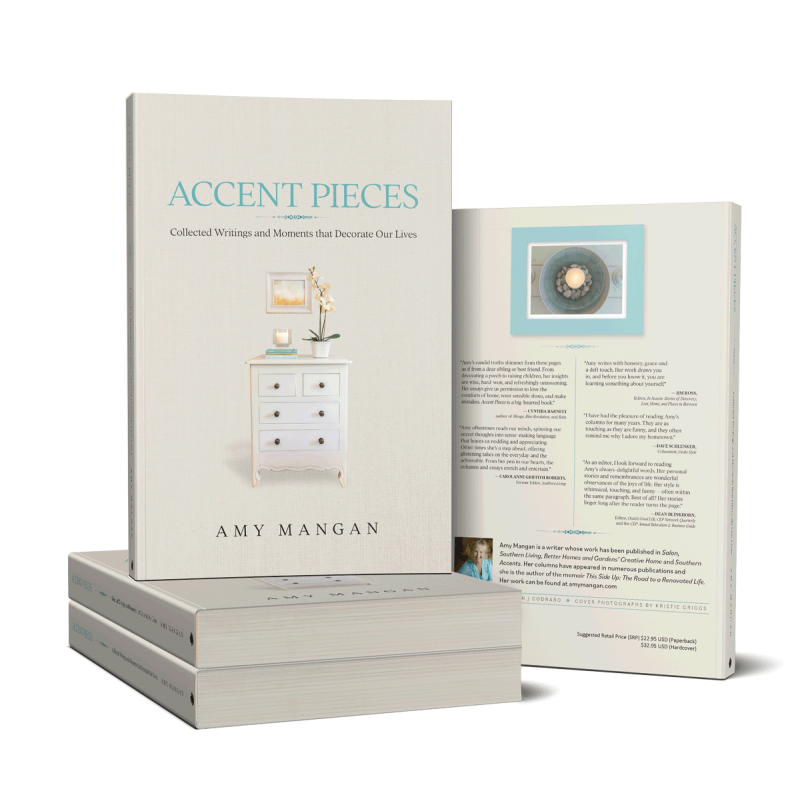My goodness. Has it really been 20 years since Diana, Princess of Wales, died? The end of this month marks a somber anniversary of the Paris car crash that claimed her life. Diana would have turned 56 last week. I remember both dates, just as I remember she loved forget-me-not flowers, went through a polka dot fashion phase and listened to Rachmaninoff while writing notes at her desk in Kensington Palace.
Like many of Diana’s contemporaries, I was fascinated from the moment “Shy Di” timidly appeared on the palace steps with Prince Charles announcing their engagement.
We were three years apart in age. I was a 16-year-old riding the mercurial teenage life of a high schooler while surviving the requisite bad hair perm and futile teenage romances. Diana was 20, titled at birth, and engaged to the most eligible bachelor in the world. We had little in common. Yet, I was hooked. I subscribed to Majesty magazine and created a Royal Family library in my apartment.
Regrettably, I once got the signature Princess haircut without the signature Princess’s thick hair and, well, face. The perm didn’t help.
Through the years, I recruited other HRH Princess of Wales fans, namely, my friend Mary, who swapped British magazines and books with me as we enjoyed scones and a hot cup of Lady Londonderry tea, Diana’s favorite. We squealed on the phone when another Diana event was publicized — the time she danced with John Travolta at the White House, rode a water park flume with her young sons and cut up with Sarah Ferguson, the Duchess of York, at polo matches. Just your typical, run-of-the-mill royal stuff.
Until it wasn’t typical anymore. Things got real, even for the princess. Actually, her life was always quite real. She bore the emotional scars as the daughter of bitterly divorced parents and an estranged mother. She suffered depression. She was bulimic. And, as we now know all too well, her marriage was irreparably broken, almost right from the start.
Yes, Princess Diana was charismatic, compassionate, fun loving and beautiful. But she was also scorned, disillusioned, insecure, judgemental and impetuous. She was vulnerable.
In other words, she was human.
And with her humanness, she became even more interesting to me. The last year of her life was the most revealing. There she was on the other side of a public and humiliating divorce. She dated around, worked out at the gym and dove into passions that fueled her, namely advocating for the most sick and wounded. She hadn’t quite figured out that self-care is self-love and that no other person, not even a prince or heart surgeon or a rich man with a yacht, could make her whole.
Given more time, I’d like to believe she would have come to this realization if not for stepping into a black Mercedes near midnight on Aug. 31, 1997.
She was this close to liberation.
Maybe that’s why she loved Rachmaninoff’s “Piano Concerto No. 2 in C,” and why wouldn’t she? This piece was her music doppelganger. Soft then fierce, ending with a thunderous orchestral climax, the composition rolls and ebbs like the life of a heartsick yet hopeful woman in the prime of her life. A title could not entitle Diana with a contented life. She was no more immune to hurt and disappointment any more than the rest of us.
But her struggle and triumphs were for all to see.
A few years ago, I donated my Diana books and magazines to the public library. Holding on to them felt surprisingly bittersweet and dated, seeing images of a life that wasn’t all that it seemed. I much prefer to recall the post-royal life Diana was creating without a script.
In one of her last interviews before her death, Princess Diana said she wanted to be remembered as “Queen of the people’s heart.” No doubt she has been.
To me, however, I’ll remember her as someone who was on the path of reclaiming her own heart, the truest part of her being. A legacy that is not reserved to only royalty.




